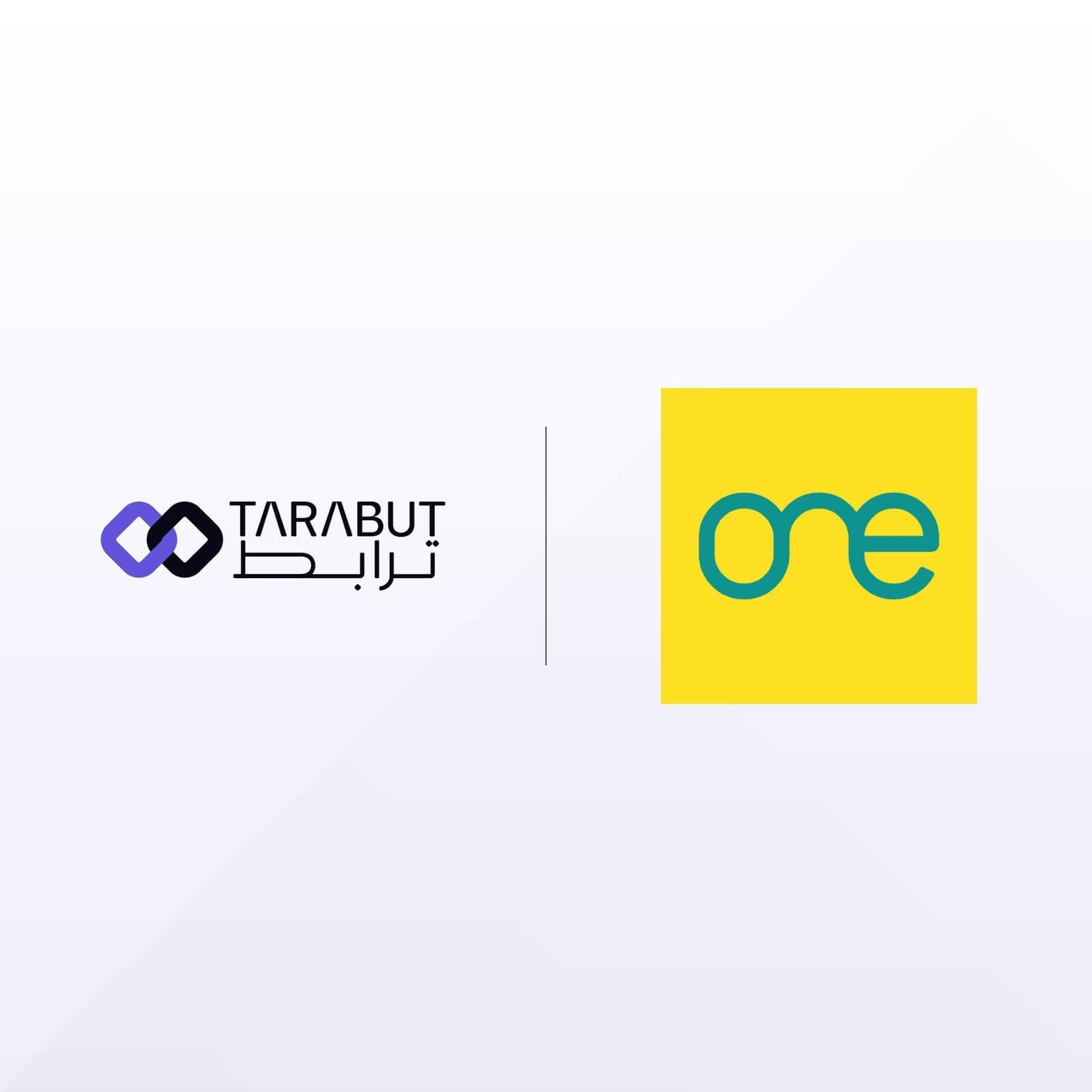24 Mar 2022 - Open Banking has provided a major boost in innovation across banking and payment services. Banks and Fintechs are constantly creating services aimed at improving the interaction of individuals and SMEs with their finances in many ways: enabling better financial decision-making, increasing savings and asset building to better borrowing, and providing a wider choice of payment methods.
Data Science has been at the heart of core Open Banking use cases. Data Science can be understood as a loosely defined and ever-expanding set of capabilities that enables the creation of “value” (in a business context or otherwise) through identifying patterns in data. Examples, where Data Science shines in Open Banking, include enabling applications to provide their customers with advanced insights on their spending and income, opening access to credit through more precise affordability estimation, and enabling advanced KYC and identity verification through banking data.
From Open Banking to Open Finance
Open Finance represents the next step in the journey to improve the interaction of consumers with the financial services ecosystem. It involves extending Open Banking-like data sharing and third-party access to more data sources from a wider range of products that go beyond the banking sector. Therefore, Open Finance has the potential to enable the creation of services that provide a consumer with a fully comprehensive view of their financial assets and life.
Crucially, Open Finance aims to strengthen the customer-centric model of data ownership and control; the customer will be empowered to choose when, with whom, and for how long their personal data will be shared. As such it aligns with broader Open Data initiatives focussed on improving transparency, data sharing principles, and setting ethical standards for combining different datasets. Such initiatives are spearheaded by organisations such as the Open Data Institute.
The Role of Data Science in Open Finance
By mere extrapolation, it is clear to see that Data Science will have an even bigger role to play in the Open Finance world. More data sources require higher effort to identify signals and patterns amidst the noise. But more interestingly, the areas of Machine Learning, Causal Inference, and more broadly AI are in constant flux and forward-thinking companies are quick to adopt and experiment with new ways of generating value. The most promising use cases will go beyond simple descriptive and predictive analytics such as those that arose in the first days of Open Banking (consider early Personal Finance Management services) and will take advantage of prescriptive analytics.
Such approaches enable the creation of personalised, or “smart” financial products that are tailored to the requirements of individual consumers; potential examples include personalised financial advice and personalised insurance. Integration of such personalisation with Open Banking-enabled Payments services can create highly innovative services in “personalised” and fair credit for consumers and SMEs; we see early indications of this in the BNPL space.
Regulators in MENA have shown a strong appetite to drive the adoption of Open Banking and Open Finance in the region. At TG we are proud to be at the forefront of Open Finance innovation and are excited to bring technologies to the regional market that promote a more transparent, secure, and frictionless experience to how consumers interact with their finances.

Relevant releases

Amazon Web Services and Tarabut Join ONE App to Enhance the Future of Digital Financial Solutions in Bahrain
ONE App, Bahrain’s first comprehensive digital financial marketplace, has announced the addition of Amazon Web Services and Tarabut to its list of key partners contributing to the development and enhancement of the user experience.
